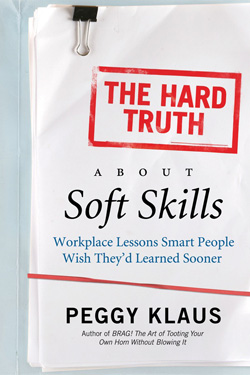Think back to the last time you spoke to someone from another country. Even if the other person was fluent in English, it’s usually not long before some sort of misunderstanding. The reason has to do with the subtleties involved with speaking a language–the ability to read between the lines. This article compares how the same sentences, in English, could be differently interpreted by an English or a German speaker.
Read the full article here.

Image source: Flickr – nofrills (CC BY-NC 2.0)






Recent Comments